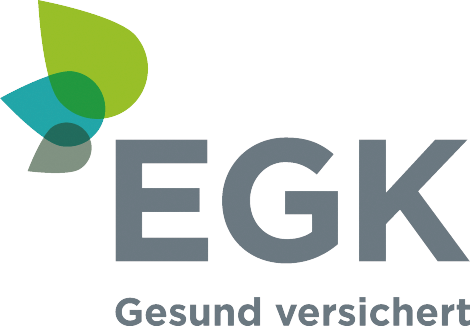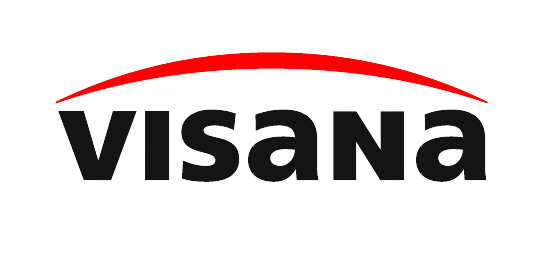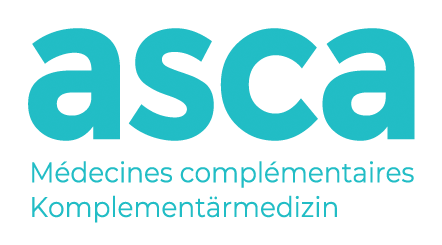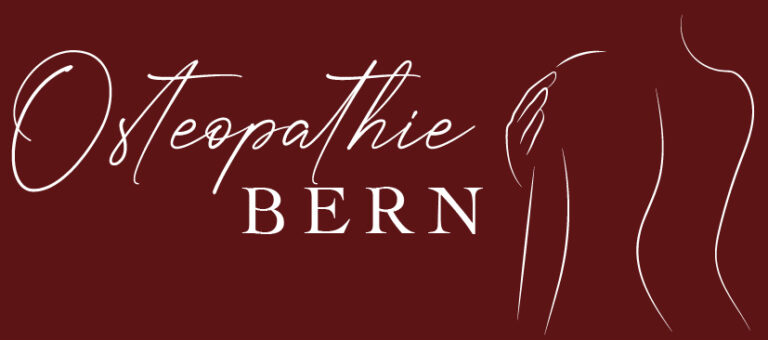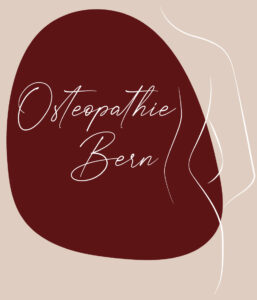Osteopathy at Osteopathie Bern
Osteopathy
We’ve been proudly helping the people of Bern with Osteopathy. Learn more about how Osteopathy can help you.
What is Osteopathy?
Osteopathy is a manually applied complementary form of therapy that takes a holistic view of a person in order to understand the individual health impairment.
In Switzerland, osteopathy is a recognised health profession that uses manual techniques to treat and relieve pain and blockages in the musculoskeletal system (muscles, conchae, joints and connective tissue) in its relationship to the other systems of the human body. The individual medical history and personal circumstances of each person are taken into account.
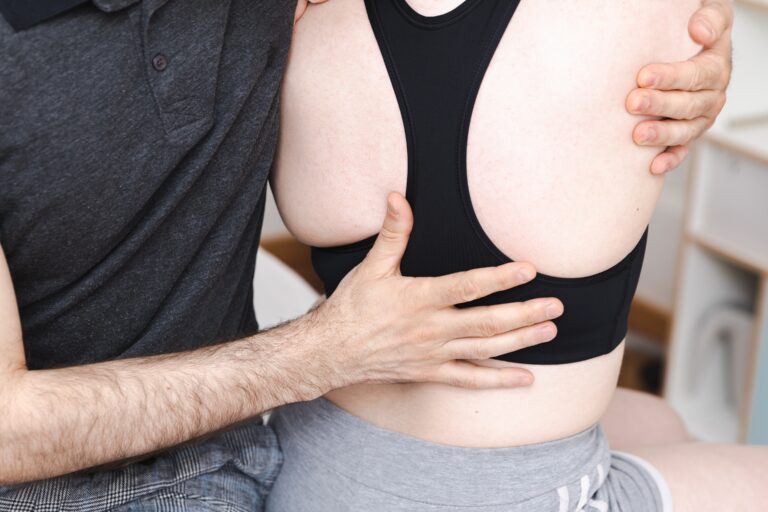
Contact us about Osteopathy
If at all you’re unsure how Osteopathy can help you, give us a call!
Osteopathy at Osteopathy bern
How can Osteopathy help?
- Back and neck pain
- Shoulder pain and rotator cuff issues
- Arthritis and general joint stiffness
- Sciatica and other trapped nerve issues
- Pulled muscles and sports injuries
What can I expect?
Basically, an osteopathic session consists of 3 stages:
1. A conversation to get to know each other and build up an understanding of the physical as well as emotional condition of the client.
2. A clinical and osteopathic examination with subsequent diagnosis.
3. A discussion of the therapeutic approach, obtaining consent and treatment if osteopathic treatment is indicated (this will become apparent through the interview and examination). In case of contraindication, you will be referred to your GP or another specialist.
During the treatment, a variety of manual techniques are applied to different types of 9 tissue (e.g. muscles, joints, connective tissue); depending on the consultation and the need, stronger or gentler pressure can be applied.
Depending on the complaint, other assisting modalities can be included such as kinesiology taping, exercise discussion and tips for everyday life.
FAQs about osteopathy
Frequently asked questions
Osteopathy treatments are charged according to the 5 min rate:
First appointment: between CHF 130-160
Follow-up appointment: between CHF 90-130
The costs vary depending on the duration of the treatment.
Osteopathic treatments are not included in the basic insurance. Costs for osteopathy sessions are only covered by supplementary insurance and, in exceptional cases, by accident insurance. If you have complementary medicine supplementary insurance, it will usually cover part of the treatment costs. Please enquire in advance with your supplementary insurance about the reimbursement benefits. Depending on the insurance model, some insurance companies require a referral from a doctor (e.g. Visana – Komplementär I, KPT). We reserve the right to make changes.
Otherwise, the costs must be covered privately.
You will be billed by the doctor’s insurance company (Ärztekasse) by post with an attached claim voucher, which you can send to your supplementary insurance company for reimbursement.
Recognition by health insurance companies:
Johanna has SRK certification (equivalent to the GDK diploma) and is recognised by EMR, ASCA, SNE/EGK and Visana.
Vitor is recognised by EMR, ASCA and SNE/EGK.
Generally said, people of all ages can benefit from osteopathy. Osteopathy is most likely to be thought of in terms of back, bone and joint complaints. In practice, however, the osteopathic approach involves the whole body, for acute as well as chronic complaints.
Common applications and indications of osteopathy are as follows (non-exhaustive list):
- Back and neck complaints
- Complaints in the area of the thorax
- Tingling or sensory disturbances in the arms or legs
- Sports injuries such as sprains and muscle injuries
- Tendon injuries
- Complaints after whiplash injuries
- Headaches
- Digestive disorders
- Temporomandibular joint disorders
- Pregnancy complaints
You can find more information about the possible complaints osteopathy can help with on the website of the Swiss Osteopathic Association
If you are not sure whether osteopathic treatment is the right choice for your complaint, ask your GP or contact us directly.
The duration and number of sessions depend on the nature of the complaint and the healing process. Experience shows that the first session takes a little longer (see below). As a rule of thumb, an improvement is expected after 3 to 5 treatments. The number of treatments may vary depending on the complaint (e.g. whether acute or chronic).
If there is no relief/improvement after a few treatments, we will discuss other options with you. There may be collaboration with other osteopaths and other medical professionals/therapists. The aim is always to work with you to find the best possible solution.
The duration varies depending on the complaint and the time required for discussion and examination and can vary by +/- 10 min per session. The first session usually requires more time than the subsequent appointments:
First appointment: between 50-65 min
Follow-up appointments: between 35-50 min
Chargeable white parking spaces are available in front of the practice: Daily 7am-7pm with max. 1h parking time (CHF 2.20/hour, accepted payments at the machine: coins, TWINT or via parking app (parking pay, easypark).
Yes, if it makes you feel more comfortable, to have someone present throughout your consultation and treatment, feel free to bring along a person close to you.
As osteopathy is a self-regulated health care profession in Switzerland, in most cases you do not need a doctor’s referral, but we do recommend that you obtain information from your health insurance company in advance as few complementary health insurances might request a referral.
In case of the absence of complementary health insurance, referral letters are not needed.
If you seek osteopathic treatment soon after an accident, your accident insurance might contribute to the treatment costs. Please contact your accident insurance for more information.
Osteopathic techniques are applied with pressure according to your needs and adjusted to your pain threshold, ensuring a treatment that works for you.
Some techniques might be gentle and relaxing, others might be applied with more pressure and causing some degree of discomfort. The pressure applied will be adjusted according to your needs and your pain threshold. We want to ensure that you benefit from the treatment as much as possible and that you consent with our style of treatment.
Pressure and pain tolerances will be assessed again during every appointment to make sure our used treatment techniques work well for you.
This varies from person to person. Generally, it is normal for an initial reaction to last for 24 to 72 hours or a little longer (e.g. sore muscles or fatigue).
Ideally, you should not have any appointments after the treatment so that the body can integrate the changes from the treatment as undisturbed as possible and you can benefit from the treatment in the best possible way.
Treatment of children does not fall into our scope of practice at this point in time (which might change in the future though). Currently, we are both treating all ages from 12 years and above.
Yes, Vitor is accepting new patients. Please note that Vitor currently only offers treatments in English or Portuguese. As Vitor’s German language skills become more advanced, he will also offer treatments in German.
Johanna will not be able to accept new patients until probably early 2024.
get in touch
Contact Osteopathie Bern
Please fill out the form and we’ll get back to you as soon as possible. Or you can call us or send us an email.
Osteopathy in Bern
Fully Qualified & Insured
Please note that (for now) only Johanna is recognised by Visana.

